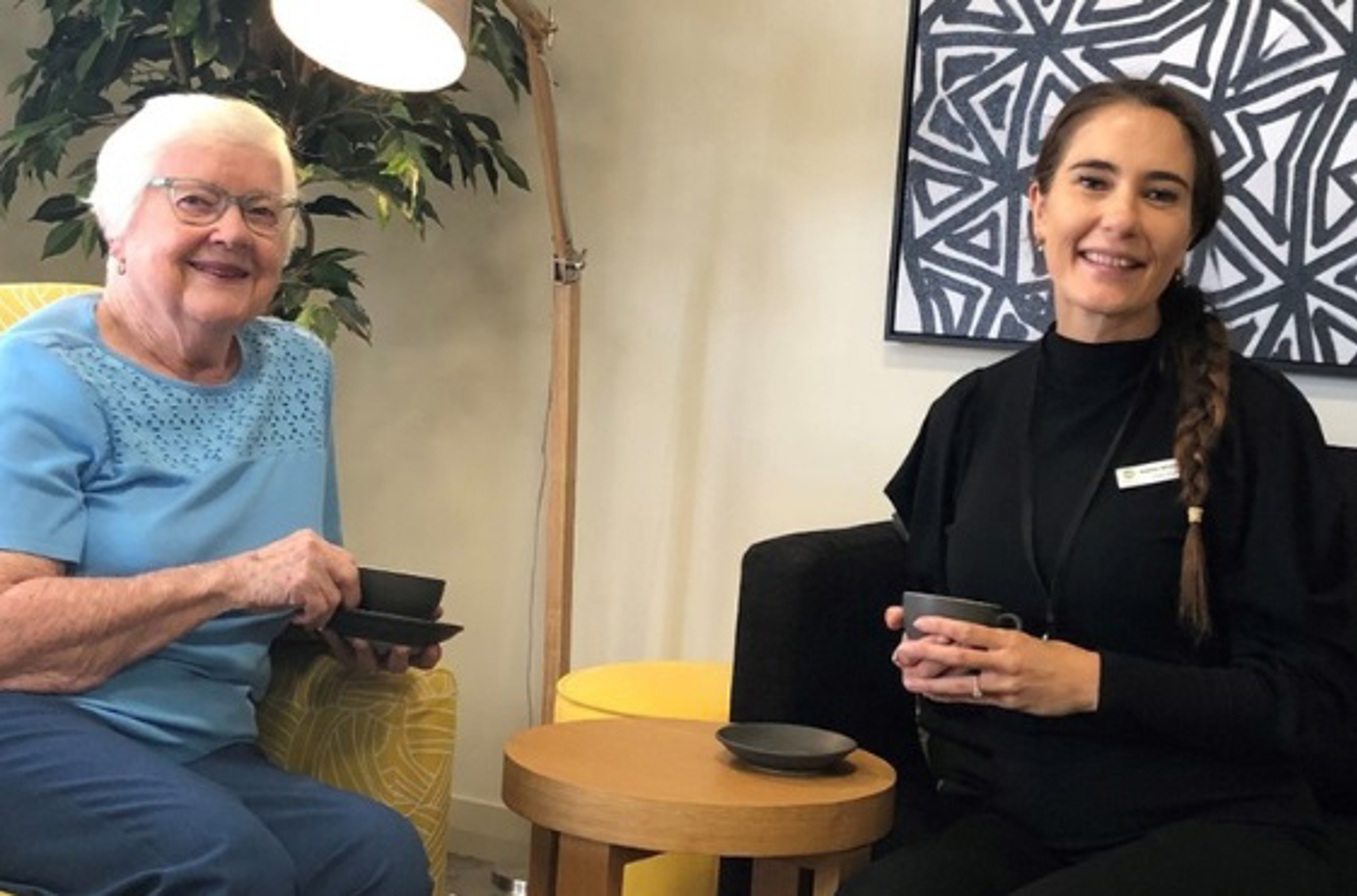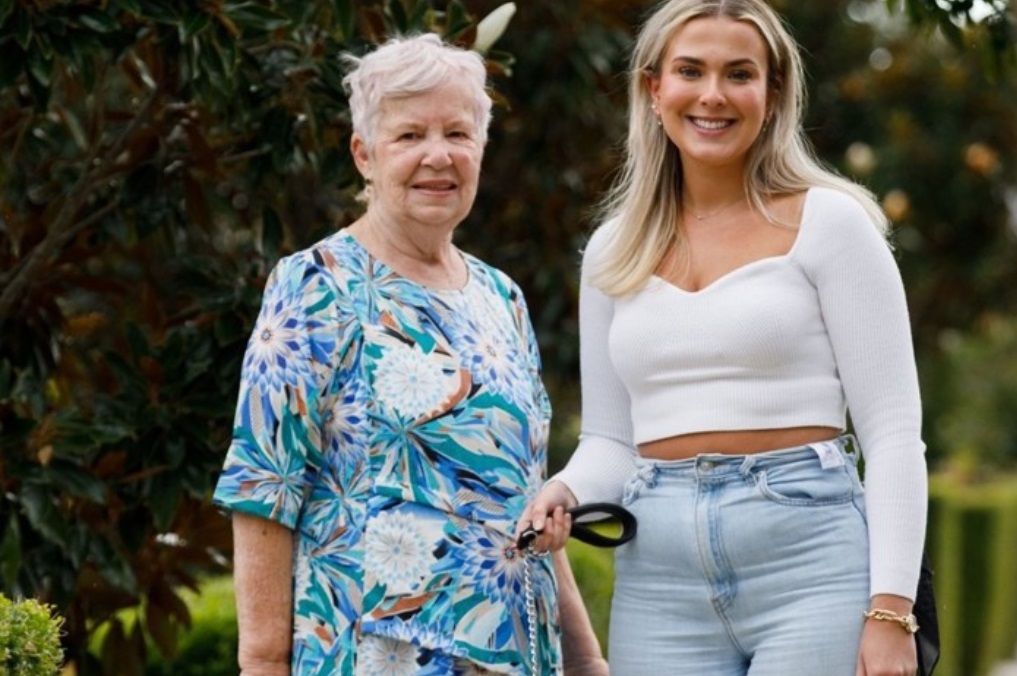Are retirement villages really such unhappy places? The research says no!
29/07/2024
I am loving the feedback I am receiving from my ‘Frank’ opinion pieces. The conversations are starting, which is great.
Many people are telling me my opinions in general are ‘just plain wrong’!
Some people – village residents – are telling me that I am wrong to say that residents are ‘happy’ in villages.
A very few village operators have said I am wrong to publish these negative resident comments about villages.
I think both these views are wrong. I believe nearly all people are ‘happy’ living in villages. And village operators should welcome criticism and address it, rather than running away.
Today I want to respond more fully on the subject of resident happiness, or otherwise.
I have access to a lot of research on which to base my views, while I would contend that the critics of villages have only the research of the limited people they have contact with. Happy or not Happy? Happy?
The two main messages around ‘unhappiness’ that have been thrown back at me are that residents are financially trapped when they join a village – they can’t afford to leave if they wish; and operators bully residents. I’m going to deal with the first of these today.
My views are formed by the 200+ residents I have interviewed over nine years in every state of Australia, from low to high priced villages, both private and not for profit. I can add my own experience assisting my mother in law into a village (that incidentally had a very bad operator reputation). But most importantly, I have gone back to the research. I have access to a lot of research on which to base my views, while I would contend that the critics of villages have only the research of the limited people they have contact with. However the critics also say that the retirement village research – including our own McCrindle Baynes Resident Surveys – is biased. They say that residents are afraid of the village manager seeing their response to surveys and put in ‘happy’ answers when they are actually far from happy. About that research
So let’s address the research issue first – our research. In 2011 and 2103 we contracted one of Australia’s leading market research companies, McCrindle Research, to carry out independent census style pen and paper surveys of residents of retirement villages. The surveys were huge by any standards. 10,200 residents in 2011 and 5,200 in 2013. Every state and type of village operator was covered.
Both surveys are the largest ever undertaken with village residents, in the world. They are the largest pen and paper surveys in Australia except for the Federal Government Census. Each survey had close to 50 questions.
Most importantly, they were both 100 per cent confidential, with absolutely no way that an individual could be identified. In 2011 a sealed envelope was included with each survey. In 2013 a permanent adhesive sticker was used to seal the booklets that could only be opened by a machine.
Both surveys delivered consistent results, despite there being no crossover between the two, of the people surveyed.
I will refer to the 2011 results as it was the larger sample and it went to every resident in each village.
On the subject of ‘happiness’ here is the question and the results:
Q27: “How would you describe your overall happiness in the village?”
Extremely happy 1,704 17%
Very happy 5,300 52%
Somewhat happy 2,224 22%
Not at all happy 316 3% Total 10,178 100%
Three percent of all residents were ‘not at all happy’.
Why were they not happy? There could be a multitude of reasons, including the fact they feel trapped or bullied. But it could also be financial strain, or bereavement, or ill health that affects their overall feelings. And each of these could be affecting the 22 per cent who are ‘somewhat happy’.
To give an example, in the same survey 14% of people had basically joined a village they could not afford – so they were financially stressed from day one:
Q12: “In your first year in your village, did you feel financially secure? Could you manage your budgets and meet costs comfortably?”
Yes, I could meet cost comfortably 8,648 86%
No, I had to be careful with my 1,432 14% expenses so I could pay all my bills and costs of living
Total: 10,080 100%
Which get us to the point about residents being trapped.
Residents are mature adults People signing up to join a village are not kids. They are mature, worldly adults.
They know this is a big financial decision, no different to buying any apartment or home. They have the opportunity and the responsibility to get legal and financial advice. Once they have made the decision and sign a contract, they are committed with their decision.
But buying an apartment anywhere is also a potential trap. If they discover 12 months after moving that the body corporate (the other apartment owners) is escalating costs beyond their budget, or that there are parties every Saturday night or the building manager is aggressive, then they will likewise feel trapped or face the significant costs to sell and move.
They paid stamp duty to buy in; to sell they will pay real estate agent commissions and legal fees. To buy another home there are more fees and stamp duty. With many elderly people being pensioners, these costs are significant.
So why are villages considered to be different? Why should operators be criticised for ‘trapping’ residents when residents are the same intelligent people who buy apartments every day?
Consumer protection
In fact potential village residents have far more legislation, regulation and protection, with required information disclosure every step of the journey up to finally buying. Apartment buyers don’t have this.
Apartment or house buyers have to make a firm deposit that they will lose if they do not complete the purchase by fixed deadlines – whether they have sold their old home or not. Village buyers can make a 100 per cent refundable deposit and have months to sell their home before buying the village home; there is no deposit risk.
People argue the DMF (Deferred Management Fee) is a financial trap. We can discuss this in more detail next issue but I ask, is it? People know about it before they sign, or they should now about it, being adults. So why is it a trap set up by operators? The resident didn’t have to enter the deal.
There are other fees as well perhaps and we can discuss those in the next issue as well.
Meanwhile, what do you think? *And a reminder, I am not a village operator and have no financial interest in any retirement village or village group.














